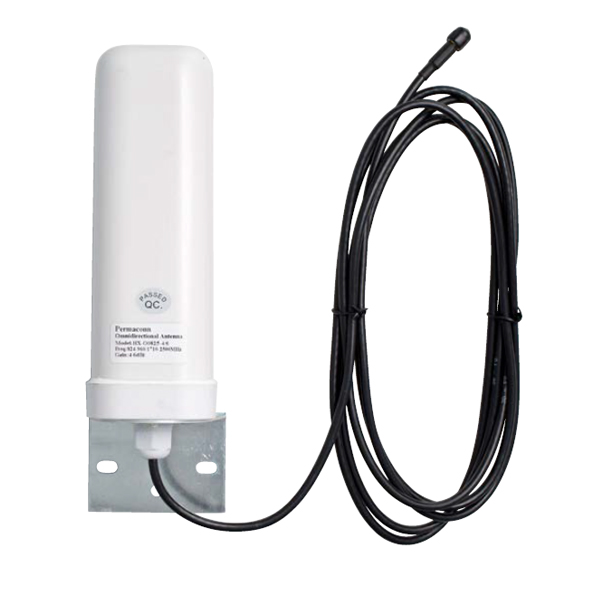In today's world, the internet has become a basic necessity, and everyone needs a stable and reliable connection to stay connected with the world. The 4G LTE network is one of the most popular options for internet connectivity, but its signal strength can be affected by several factors like distance from the cell tower, obstacles, and signal interference. If you're experiencing a weak or unstable 4G LTE signal, investing in a high gain external 4G antenna could be the solution you need to boost your signal.

What is a High Gain External 4G Antenna?
An external 4G/LTE antenna is a device that's used to extend and enhance the signal reception of your 4G Wireless network. This antenna can easily be mounted on a wall, window, or even rooftop to improve signal strength and coverage. Compared to the standard antennas that come with your 4G LTE device, external antennas have a higher gain, which means they are more sensitive to picking up weaker signals, and they amplify the signal better.
Benefits of a High Gain External 4G Antenna
There are several reasons why you might need a high gain external 4G antenna. Below are some of the benefits of installing one for your network.
Improved Signal Strength and Coverage
The main advantage of using a high gain external 4G antenna is that it helps to strengthen your 4G LTE signal, thereby improving your network coverage. With a better signal, you can enjoy faster internet speeds, and you're less likely to experience signal dropouts or disconnections.
Flexibility and Mobility
With an external 4G LTE antenna, you don't have to be tied to a specific location to access the internet. You can move around with your device and still enjoy a stable and reliable internet connection. This also makes it ideal for people who work in remote areas or are always on the go.
Cost-Effective
Investing in a high gain external 4G antenna is a cost-effective way of improving your network and avoiding costly data overages. With a stronger signal, you can use your internet more efficiently, and you won't have to worry about exceeding your data limits.
Ease of Installation
Another benefit of using a high gain external 4G antenna is that it's easy to install. You don't need any special tools or technical knowledge to set it up. Most antennas come with a manual, and you can also find instructional videos online that guide you through the process.
Factors to Consider When Choosing a High Gain External 4G Antenna
When shopping for a high gain external 4G antenna, there are several factors that you need to consider to ensure you make the right choice.
Gain: Gain is the measure of an antenna's ability to amplify signals. A higher gain means better sensitivity and amplification.
Frequency: 4G LTE networks operate on different frequency bands, so it's essential to choose an antenna that's compatible with your carrier's frequency.
Connector Type: External antennas come with different connector types that are compatible with different modems and routers. Some of the common types include SMA, TS-9, and CRC9.
Directionality: Some antennas are directional, meaning that they have to be pointed towards the cell tower for optimal performance. Others are omnidirectional, and they can pick signals from any direction.
Cable Length: The length of the cable can affect the signal strength of your antenna. It's important to choose an appropriate cable length based on the distance between the antenna and the modem/router.
Conclusion
Having a stable and reliable 4G LTE internet connection is essential in today's world, and a high gain external 4G antenna can help achieve that. By improving your signal strength and coverage, you can enjoy better internet speeds, avoid signal dropouts, and save on data costs. When choosing an external antenna, it's important to consider factors like gain, frequency, connector type, directionality, and cable length to ensure you get the best performance from your device.